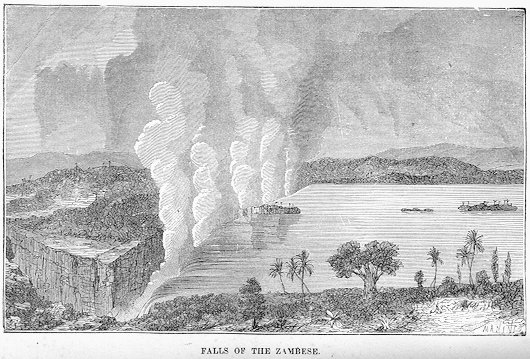Between Two Worlds
Today, we're between two worlds in an old library. The University of Houston's College of Engineering presents this series about the machines that make our civilization run, and the people whose ingenuity created them.
Old books yield up their secrets in unexpected ways. Here's the 1872 English version of Gaston Tissandier's book on water. A notice, pasted inside the front cover by the Richmond Library Association, identifies this as Book Number 1,231. No Dewey Decimal or Library of Congress classification -- not yet. When you have only a few thousand books, those four numbers are enough.

The notice also lists library rules. The privilege of borrowing books costs a dollar a year. We can borrow one book at a time, for two weeks. We can borrow two more if we're willing to pay another five cents for each one.
Like that library notice, this book also takes us back to a time of incipient change. No one writing about water today would see the drama of the ocean the same way Tissandier does. He devotes almost half his book to the way water moves over the earth.
He explains tides, rain, geysers, icebergs, the movement of silt, and marine life. The technical stuff is all there. But this goes to a place beyond science. We find an unexpected dimension of theater. Many ships had steam engines by then, but they still carried sail. If we went overseas, we did so on the sea, and we did so with canvas billowing overhead.
We still lived with all the metaphors of sailing ships. When the book explains that the ocean deeps are far calmer than the stormy surface, it evokes the mariner's longing for calm. The translator recites some anonymous lines, which, I was surprised to find, he'd taken from Harriet Beecher Stowe:
Far, far beneath, the noise of tempests dieth,
And silver waves chime ever peacefully;
And no rude storm, how fierce so e'er it flieth,
Disturbs the Sabbath of that deeper sea.
He provides one wild steel engraving after another showing storm-tossed ships and coasts, icebergs, and wrecks.
He goes on to show how the atoms in water are somehow reflected in the hexagonal structure of snowflakes (just how was not yet clear.) We learn about the use of water -- aqueducts, drinking water -- and we read an odd explanation of how to make seltzer water. He shows us primitive ice-making machines and ice-cream makers.
Tissander surprises us with his interest in public bathing. While book-owning was a private matter, just beginning to enter the public domain in 1872, bathing had only just begun turning in the opposite direction. Domestic tubs didn't have running water. Showers were unknown. Bathhouses were still common.
So imagine entering this embryonic library and finding this book. Book and library alike are caught in a time-warp of rapid change. The book finishes with this flourish: "... the victories of the intellect [he says] can never be confined to the narrow limits of world."
Nor, I want to shout, to the narrow limits of time.
I'm John Lienhard, at the University of Houston, where we're interested in the way inventive minds work.
(Theme music)
Tissandier, G., The Wonders of Water. ("from the French of Tissandier" ed. by Schele de Vere). New York: Charles Scribner and Co. 1872.
